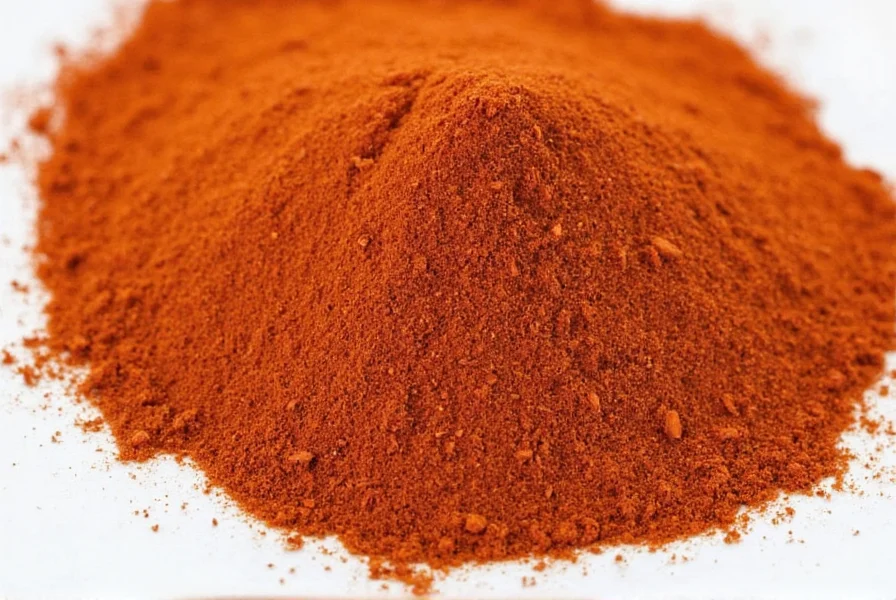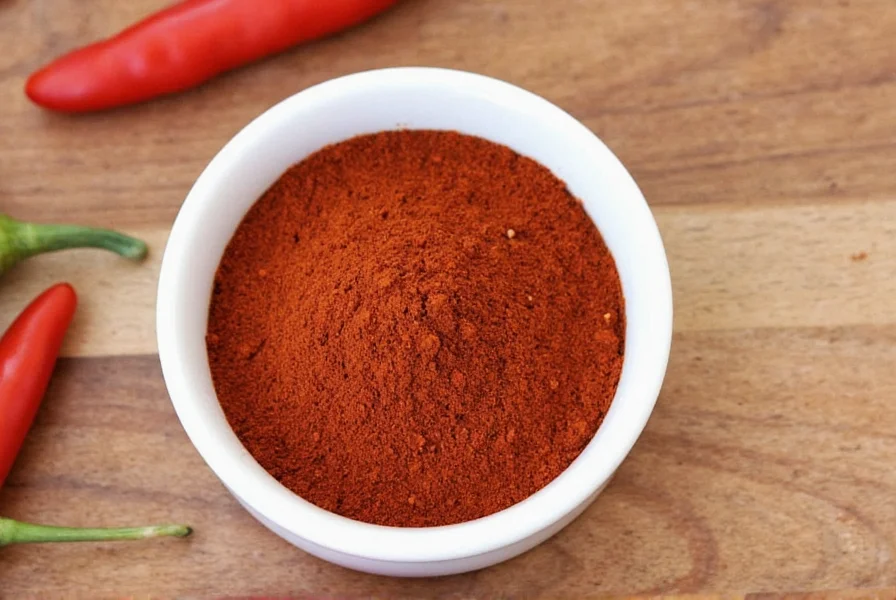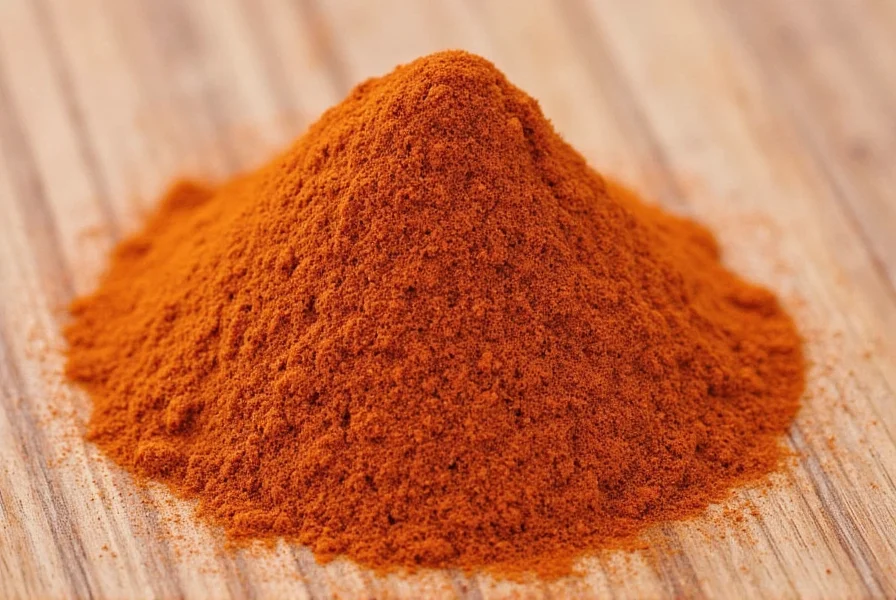Creating your own chili powder at home gives you complete control over flavor, heat level, and freshness. Unlike store-bought versions that often contain anti-caking agents or fillers, homemade chili powder delivers vibrant, pure chili flavor that elevates any dish requiring this essential spice.
Essential Ingredients for Homemade Chili Powder
The beauty of making chili powder lies in its simplicity. You only need two core components:
| Ingredient | Quantity | Notes |
|---|---|---|
| Dried chili peppers | 1 cup (approx. 15-20 peppers) | Choose based on desired heat level and flavor profile |
| Sea salt | 1/4 teaspoon (optional) | Enhances flavor and extends shelf life |
For how to make chili powder from scratch with complex flavor, consider these chili varieties:
- Ancho peppers (mild, sweet, raisin-like)
- Guajillo peppers (medium heat, tangy)
- Chipotle peppers (smoky, medium heat)
- Cayenne peppers (hot, bright flavor)
- Arbol peppers (very hot, clean heat)

Step-by-Step Process for Making Chili Powder
1. Selecting and Preparing Your Chilies
Choose plump, flexible dried chilies without mold or excessive brittleness. For how to make homemade chili powder with balanced flavor, combine 2-3 varieties. Remove stems and shake out seeds (keep some seeds for extra heat). Tear larger chilies into 2-3 inch pieces for more even drying.
2. Complete Drying Process
This critical step ensures your powder stays fresh. Even if using "dried" store chilies, they often retain moisture. Use one of these methods:
- Oven method: Spread chilies on baking sheet, heat at lowest setting (170°F/75°C) for 30-60 minutes until brittle
- Dehydrator: 125°F (52°C) for 2-3 hours
- Sun drying: Only in arid climates with low humidity for 1-2 days
Test for dryness by snapping a piece—it should break cleanly without bending.
3. Grinding to Perfect Consistency
For how to make chili powder that doesn't clump, proper grinding technique matters:
- Work in small batches (1/4 cup chilies at a time)
- Use a dedicated spice grinder or clean coffee grinder
- Grind in 30-second intervals with 15-second rests to prevent overheating
- Sift through a fine mesh strainer; regrind larger pieces
- Mix with salt if using

Storage Techniques for Maximum Freshness
Proper storage determines how long your homemade chili powder maintains flavor. Follow these guidelines:
- Store in airtight glass container away from light and heat
- Include a silica gel packet to absorb moisture
- Keep in a cool, dark pantry (not above the stove)
- Use within 6 months for peak flavor (vs. 3-4 months for store-bought)
Never store chili powder in the refrigerator—temperature fluctuations cause condensation that leads to mold.
Flavor Variations to Try
Once you've mastered how to make basic chili powder, experiment with these professional variations:
- Taco seasoning blend: Add 1 tsp cumin, 1/2 tsp garlic powder, 1/4 tsp oregano per cup of chili powder
- Smoky chipotle blend: Use 50% chipotle and 50% ancho peppers
- Sweet & mild version: Combine 75% ancho with 25% pasilla peppers
- Extra heat blend: Mix 50% cayenne with 50% arbol peppers
Common Mistakes to Avoid
When learning how to make chili powder properly, watch for these pitfalls:
- Incomplete drying: Causes mold and spoilage within weeks
- Overheating during grinding: Burns spices and creates bitter flavor
- Using old or stale chilies: Results in flat, one-dimensional flavor
- Skipping the sifting step: Leaves coarse pieces that don't blend well in recipes
- Storing in plastic containers: Absorbs odors and may leach chemicals into spices
Troubleshooting Your Homemade Chili Powder
Encountering issues with how to make chili powder at home? Try these solutions:
- Clumping powder: Return to oven at lowest setting for 15 minutes, cool completely before regrinding
- Mild flavor: Add 1/8 teaspoon toasted cumin seeds per cup of powder
- Too bitter: Blend with equal parts sweet paprika to balance
- Inconsistent color: Ensure all chilies came from same harvest batch
Why Homemade Beats Store-Bought
Understanding how to make chili powder from fresh ingredients reveals why it surpasses commercial versions:
- Fresher flavor profile with brighter, more complex notes
- No anti-caking agents or fillers like silicon dioxide
- Customizable heat level to your exact preference
- Higher concentration of capsaicin (the compound giving chilies their heat)
- No oxidation from prolonged shelf storage
Professional chefs consistently prefer homemade chili powder for these reasons, especially when preparing dishes where chili flavor takes center stage.
Frequently Asked Questions
Can I make chili powder without a spice grinder?
Yes, you can make chili powder using a mortar and pestle for small batches. Toast the dried chilies first to enhance brittleness, then grind in small portions using a circular motion. This method takes more effort but produces excellent results. Alternatively, a clean coffee grinder works well for home use.
How do I know when my chilies are dry enough for grinding?
Properly dried chilies should snap cleanly when bent, not bend or crumble. They should feel lightweight and brittle. If you hear a slight crack when handling them, they're ready. Any flexibility indicates remaining moisture that could cause mold in your finished powder.
What's the best way to store homemade chili powder long-term?
Store homemade chili powder in an airtight glass container with a silica gel packet to absorb moisture. Keep it in a cool, dark pantry away from heat sources. Properly stored, it maintains peak flavor for 6 months. For extended storage up to 1 year, freeze in an airtight container, bringing to room temperature before opening to prevent condensation.
Can I use fresh chilies to make chili powder?
Yes, but you must dry fresh chilies first. Spread sliced chilies on a baking sheet and dry in the oven at the lowest setting (170°F/75°C) for 6-8 hours, or use a food dehydrator for 10-12 hours. The chilies are ready when completely brittle with no flexible parts. Never grind fresh chilies directly—they contain too much moisture for powder creation.
Why does my homemade chili powder taste different from store-bought?
Commercial chili powders often contain fillers like cornstarch or anti-caking agents, and may blend multiple chili varieties inconsistently. Homemade powder reflects the exact chilies you use, resulting in purer, more vibrant flavor. Store versions also lose potency during extended shelf life. Your homemade version should taste fresher and more complex when made properly.











 浙公网安备
33010002000092号
浙公网安备
33010002000092号 浙B2-20120091-4
浙B2-20120091-4